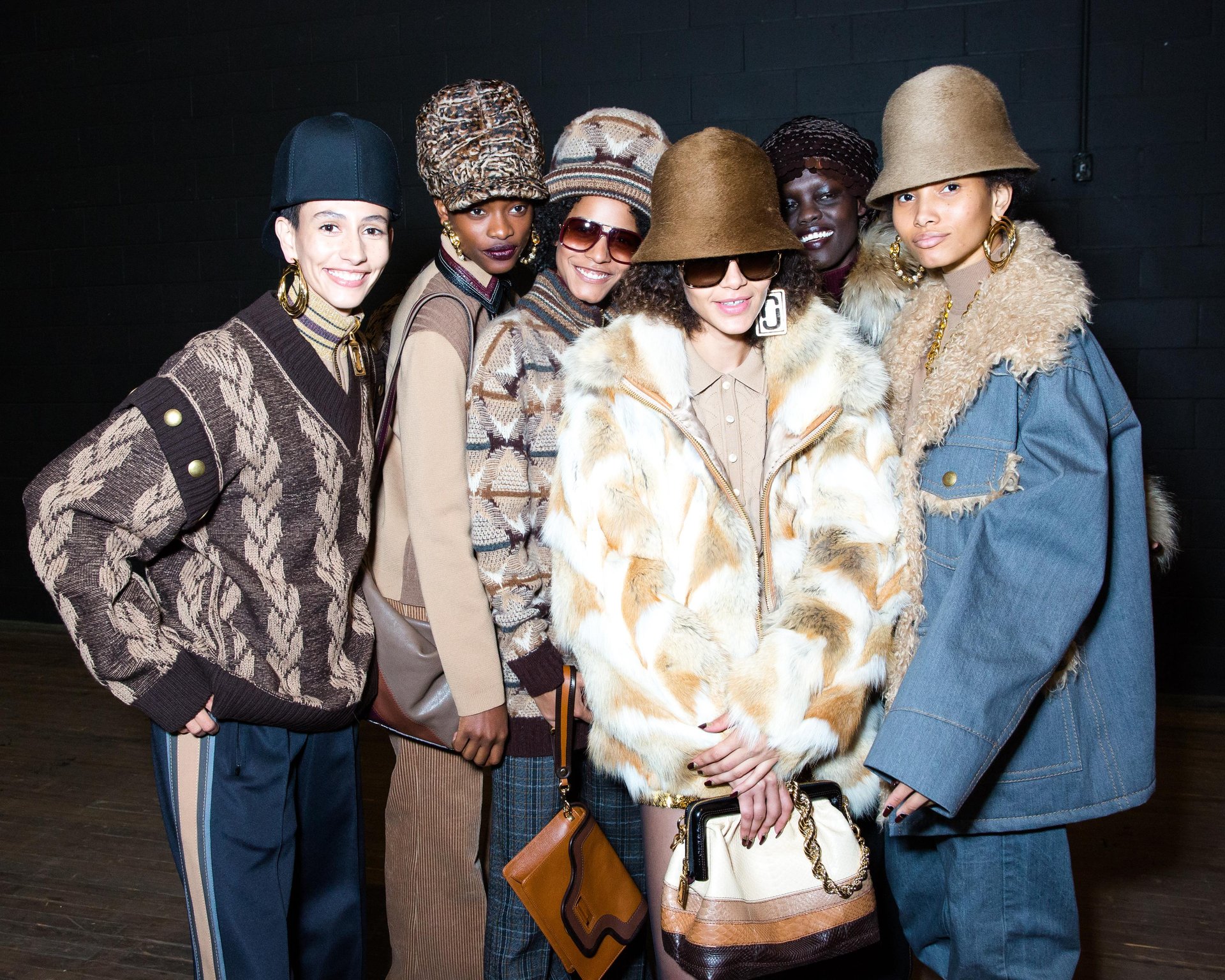For 2018, we hope to see more inclusivity in the industry, and by that we mean diversity in fashion companies, and on runways. And diversity doesn’t just pertain to ethnicity, but also to gender and body type.
In 2017, all this moved to the forefront of the fashion conversation and we registered some positive signs.
February’s New York Fashion Week marked the first time that every show featured at least one model of color, according to the Fashion Spot X Model Alliance Diversity Report. Marc Jacobs, for example, cast models Adwoa Aboah, Lineisy Montero, and Cleo Cwiek, among others; Chromat featured transgender models such as Monés, Carmen Carrera, and Aurel Haize Odogbo, and Christian Siriano showed his designs on a variety of body types including Georgia Pratt, Saffi Karina, and Precious Lee. “A designer is in the business to sell clothes,” Siriano said on a CFDA panel on plus sizes in August. “I don’t care what size you are, where you come from or where you live.”
The CFDA/Vogue Fashion Fund’s group of 10 finalists was the most diverse since the first Fashion Fund in 2004. “In our ever-growing fashion family, diversity is very important,” CFDA Chairwoman Diane von Furstenberg said. Telfar Clemens of Telfar took won the top prize.
Overseas, British Vogue’s widely-praised December relaunch under new Editor-in-Chief Edward Enninful, added to the notion of inclusivity. Not just did Enninful, the first black male to edit an edition of Vogue, bring contributing editors such as Naomi Campbell and Pat McGrath to a magazine that had a predominantly white team for decades, but he also put model Adwoa Aboah on his first cover. Kudos.
We are making strides, but we still have ways to go. Here’s to even more inclusivity in 2018.





